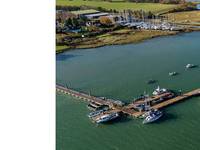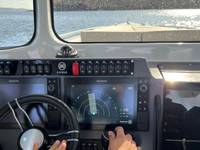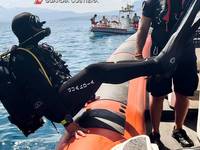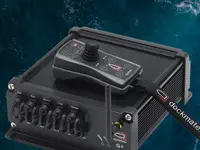Port Accidents are Avoidable
Speaking this week at the industry forum, ASEAN Ports and Shipping in Ho Chi Minh City, Vietnam, TT Club’s Regional Director for Asia Pacific, Phillip Emmanuel, showed evidence that a very high percentage of the insurer’s claims were due to some kind of operational error. The majority could have been avoided through good management practice. Emmanuel highlighted the main areas of concentrated risk and presented effective recommendations to minimize these incidents.
Leading transport and logistics insurer TT Club’s latest analysis of 9,500 claims over the past seven years, valued at $400 million, confirmed an ongoing trend in avoidable damaging events that resulted in claims. Emmanuel showed that the majority (68%) were due to poor operations and processes and a further 14% resulted from maintenance related issues. Only 18% were caused by weather related issues, seemingly out of the control of the operator, but an amount of these could have been avoided through more adequate preparation.
“Effective procedures, training and safety technology will reduce risk and bring other commercial benefits such as lower insurance premiums and higher customer satisfaction,” advised Emmanuel.
The main area of risk, unsurprisingly, was in the operation of mobile equipment such as quay cranes, lift trucks, rubber-tyred gantry cranes, and straddle carriers. These make up two-thirds of the operational claims by value.
For example, quay crane boom-to-ship collisions are common at 236 incidents in the past seven years worth $15 million and representing 31% of quay crane claims. TT Club suggests that these accidents could be greatly reduced by fitting boom anti-collision sensors.
Stack collisions are also common and costly, accounting for 19% ($ 10 million) of quay crane and 82% ($23 million) of yard crane claims. This sort of incident can also be minimized through good management practice, often by the use of a stack profiling system.
As regards the enduring problem of theft, Emmanuel suggested, "Prevention is a combination of a physically secure site; rigorous checks and double-checks on paperwork and well-trained and well-motivated staff. “
As Phillip Emmanuel concludes, “In analyzing the causes of risk, we aim to promote good risk management practice and continuous improvement in our industry. TT Club is able to assist here given its resources and expertise”.




